Armenian-German violinist Nikolay Madoyan sits down with Erik Bach to discuss his tour featuring Paganini’s formidable 24 Caprices, revealing the profound inner world and unique musical path behind his masterful interpretations
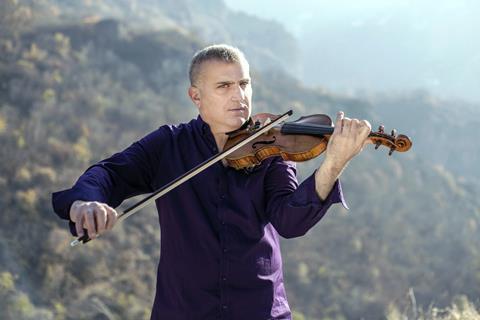
Discover more Featured Stories like this in The Strad Playing Hub
It was a captivating evening at Milan’s Sala Verdi this past March, where the stage was bathed in a soft, ethereal light evoking the legacy of classical music’s greatest icons. As applause for the arrival of violinist Nikolay Madoyan echoed through the hall, the energy was palpable. But then, almost in response to some unspoken gesture, the sound of applause faded into a profound silence. Madoyan stood at the centre of the stage surrounded by the dim glow of the lights, and for a moment, he was motionless seemingly channelling his focus before the monumental task ahead.
With his Guarneri violin in hand, Madoyan raised it to his shoulder and, as if summoning the very spirit of Niccolò Paganini, began to play. The 24 Caprices, some of the most demanding and technically intricate pieces ever written for the violin, filled the hall. These are works few violinists would dare to undertake in their entirety, due to the incredible technical challenges they present.
‘It’s a journey through the very soul of the violin, where every note is a step towards understanding the infinite possibilities of sound,’ Madoyan says. ‘The caprices require not only impeccable precision but also deep musical connection.’
Madoyan approached the most difficult corners of the repertoire with rapid-fire runs, audacious jumps, and masterful technical prowess. Each caprice seemed to transport listeners deeper into the world that Madoyan conjured.
‘I was in a dialogue between the music and the human, a conversation that never truly ends,’ he says. Madoyan’s bow seemed to dance across the strings as if an extension of his innermost self, weaving intricate melodies and harmonies both fierce and tender, bold and introspective.
’It’s a journey through the very soul of the violin, where every note is a step towards understanding the infinite possibilities of sound’
There was no intermission. For more than an hour, Madoyan played through all 24 Caprices - each with its own intricacies - without taking a break. It felt as if the music had become a living, breathing entity, and Madoyan was simply the vessel through which it flowed. At that moment, it was clear to all present: they had witnessed something truly magical.
‘Taking on the journey of performing all 24 Caprices by Paganini has been both a challenge and a privilege for me,’ he confesses with a humble smile. As the final notes echoed through the Sala Verdi, the audience, still enraptured, exploded into a standing ovation. Madoyan was called back to the stage five times.
Madoyan’s tour will continue with performances in countries including Germany, France, Switzerland, and Japan, each bringing this enchanting journey to new audiences. ‘To perform this in iconic venues like the Berlin Philharmonic and Milan’s Sala Verdi, both of which gave me standing ovations,’ says Madoyan, ‘is an experience that deeply connects me to the music, the stage, and every listener in the room.’
‘What deeper bond exists between you and Paganini’s legacy?’ I ask Madoyan. His answer is simple yet profound, ‘Paganini’s music is a revelation, one that has shaped the way I approach the violin. His works pushed the boundaries of what’s possible on the instrument, and they continue to inspire me.’
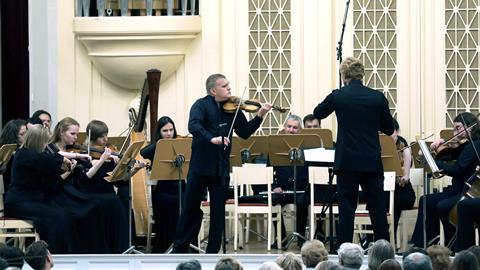
Among Madoyan’s other extraordinary accomplishments as a soloist was performing all six of Paganini’s violin concertos from memory in a single concert - a feat with no known precedent.
‘It’s a challenge in itself to play Paganini’s six violin concertos from memory; I knew that performing them in one evening would push me to my limits as a musician.’ Madoyan says. ‘I aimed to bring out the expressive richness of each concerto while keeping its technical integrity intact. The physical and mental stamina required was unlike anything I’d done before,’ he admits.
During rehearsals it became clear that the sheer duration of the performance was too much for the orchestra, and they would be unable to continue for the entire evening. As a result, the decision was made to bring in another orchestra for the second half of the concert.
‘What inspired you to take the leap of performing Paganini’s concertos in one evening and, more recently, to tackle all 24 Caprices in a single recital?’ I asked.
‘Performing the cycle in one evening feels like a rare opportunity to showcase the complete spectrum of Paganini’s genius - the breadth of his musical vision and technical daring in his works.’ Madoyan wanted to create an immersive experience, to take the listeners on a journey through Paganini’s remarkable world.
‘I wanted to challenge myself to embody the vastness of Paganini’s music in its entirety by exploring his evolution as a composer,’ Madoyan adds.
‘It’s a challenge in itself to play Paganini’s six violin concertos from memory; I knew that performing them in one evening would push me to my limits as a musician’
In 2017, Madoyan made headlines by setting a Guinness World Record, performing for nearly two days straight without eating or sleeping, showcasing classical pieces from a variety of genres.
‘Playing for over 33 hours on a violin is akin to a profound inner trial, where the music becomes both a source of energy and a guiding force. This force prompted me to keep going and helped me to tap into a fascinating, meditative connection with my deeper self,’ says Madoyan.
From the moment Madoyan discovered the violin at age seven, he felt an immediate connection to the instrument. The delicate shape, the resonance of its strings, and the challenge of coaxing beautiful sound from wood and horsehair deeply captivated him.
Meanwhile, Madoyan’s interests extended beyond music. He began taking tennis lessons at the age of six, even before he picked up the violin. Madoyan’s aptitude was such that his tennis coach saw immense potential, even trying to convince him to abandon violin with the promise of a successful tennis career. His time on the tennis court, developing coordination and spatial awareness, may have unexpectedly laid the groundwork for his violin playing, albeit in a contrasting way.
‘Tennis builds coordination largely through whole-body movement and reaction. The violin, however, demands an intensely focused proprioceptive sense within the hands and arms, differentiating minute variations in pressure, angle, and speed that are invisible to the eye but crucial for sound production,’ explains Madoyan. His passion for both pursuits fuelled a remarkable journey of self-discovery, with each discipline enriching the other and ultimately paying off in ways few could have imagined.
Madoyan’s dedication to violin playing began to yield notable results, with his intense determination shaping the course of his entire career. He was soon studying complex works, including Brahms’s Violin Concerto - an impressive feat for a nine-year-old. His technical skills and musical maturity quickly set him apart from his peers, and Madoyan became the strongest student in the school.
The renowned violin professor Zakhar Bron, vastly impressed by the twelve-year-old’s blossoming talent, invited Madoyan to continue his studies at the Novosibirsk Specialised Music School under the Glinka State Conservatory. The following years would be triumphant for Madoyan - together with professor Bron’s class, which also included Vadim Repin and Maxim Vengerov, he moved to Germany at the invitation of the Lübeck Music Academy, won multiple international violin competitions, and signed with record labels.
Madoyan has performed with some of the world’s most famous conductors and orchestras in prestigious concert halls, including London’s Royal Festival Hall, Wigmore Hall, and Vienna’s Musikverein.
‘I consider myself lucky for having had the opportunity to perform under the baton of legendary conductors such as Claudio Abbado and Richard Hickox,’ Madoyan says. His artistic journey also includes a memorable collaboration with the celebrated violinist Isaac Stern.
Finding my voice: Madoyan’s journey with the Guarneri
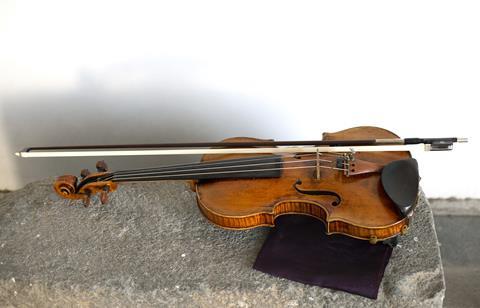
Nikolay Madoyan’s connection to his violin runs deep. Madoyan describes switching from a Stradivari to a Guarneri - on loan for nearly twenty years - as a pivotal experience.
‘It was quite a journey to develop my own sound on the Guarneri,’ Madoyan reflects, gently cradling his violin. ‘The shift from the Strad to the Guarneri was a bit of an adjustment at first. The Guarneri, with its deep and full-bodied resonance, requires a great deal of effort to coax out the sound, but that’s just part of the adventure,’ he says.
‘Over time, I’ve become very attached to my instrument and have found a sound that reflects deeply with the unique qualities of the Guarneri. It has become an integral part of my musical essence and inspired me to record Bach’s Sonatas and Partitas for Solo Violin in Copenhagen. It wasn’t just about the violin - I spent years finding the right bow and even the perfect combination of strings. The synergy between these elements must align flawlessly to bring my musical vision to life,’ Madoyan shares.
‘Finding your voice is personal, and it’s about discovering the right balance for yourself to shape and cultivate.’
Read: The ‘folk’ in my bond with folk music: my parents, Teresa Teng, and Béla Bartók
Read: Between dusk and dawn: Spanish cellist Pablo Ferrández presents ‘Moonlight Variations’
Discover more Featured Stories like this in The Strad Playing Hub
The number one source for playing and teaching books, guides, CDs, calendars and back issues of the magazine.
In The Best of Technique you’ll discover the top playing tips of the world’s leading string players and teachers. It’s packed full of exercises for students, plus examples from the standard repertoire to show you how to integrate the technique into your playing.
The Strad’s Masterclass series brings together the finest string players with some of the greatest string works ever written. Always one of our most popular sections, Masterclass has been an invaluable aid to aspiring soloists, chamber musicians and string teachers since the 1990s.
The Canada Council of the Arts’ Musical Instrument Bank is 40 years old in 2025. This year’s calendar celebrates some its treasures, including four instruments by Antonio Stradivari and priceless works by Montagnana, Gagliano, Pressenda and David Tecchler.

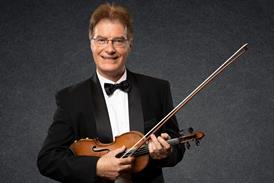
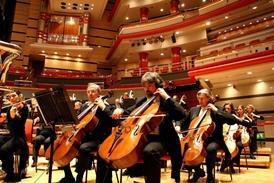
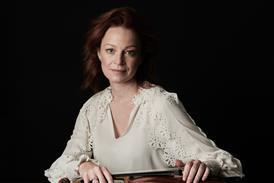
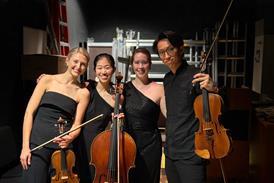

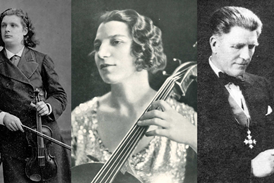



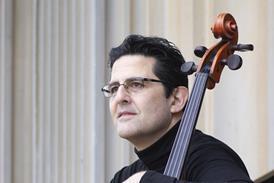


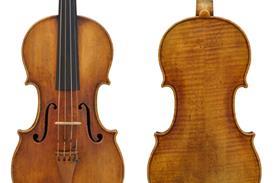
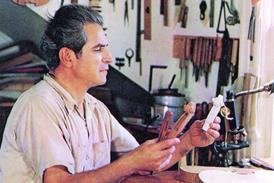
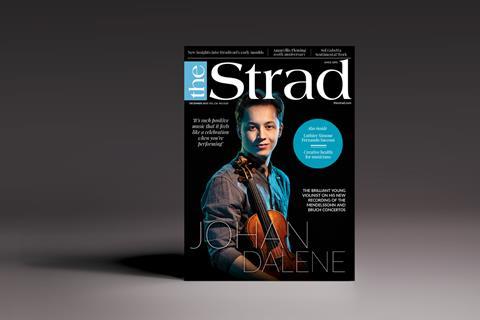
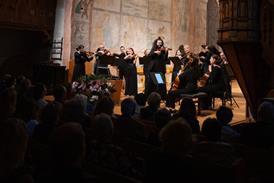

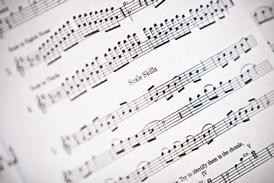
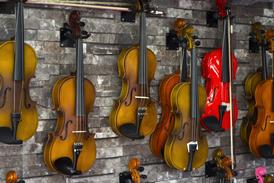

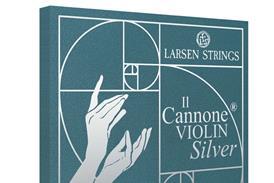

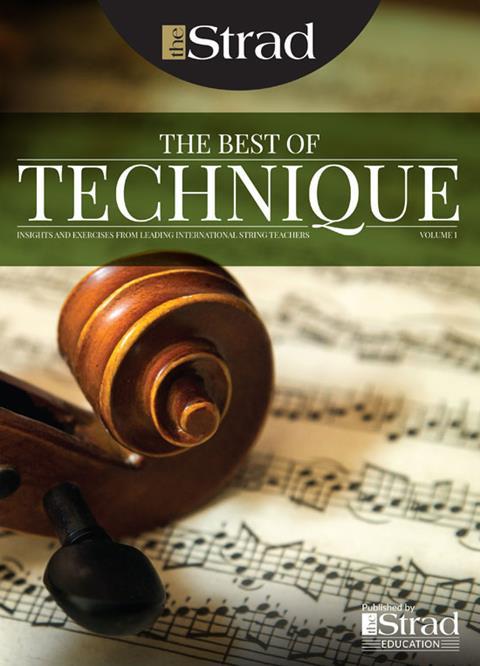
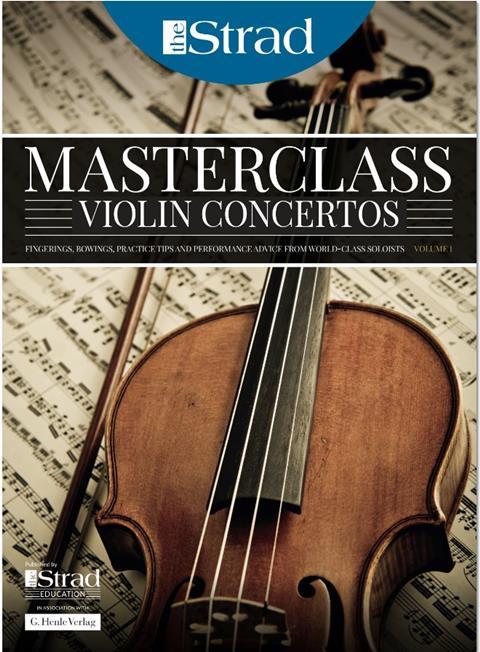
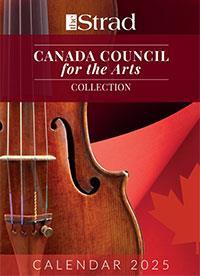
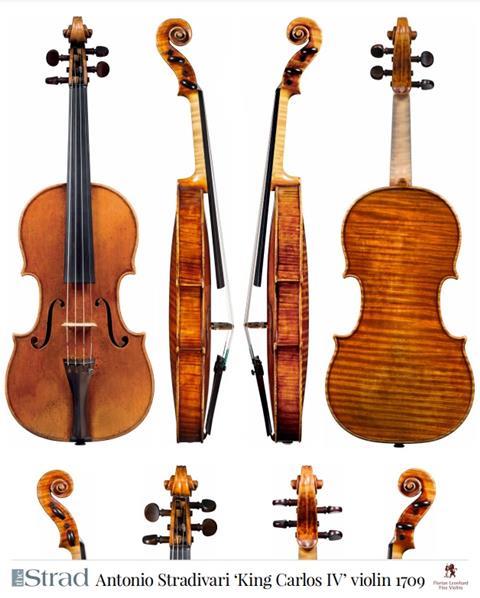
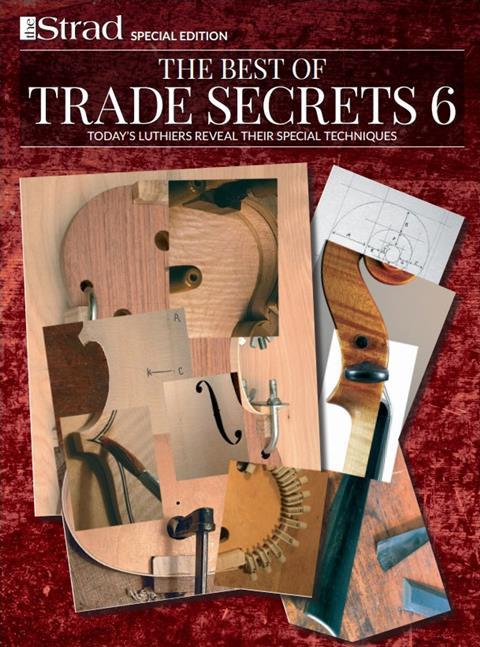
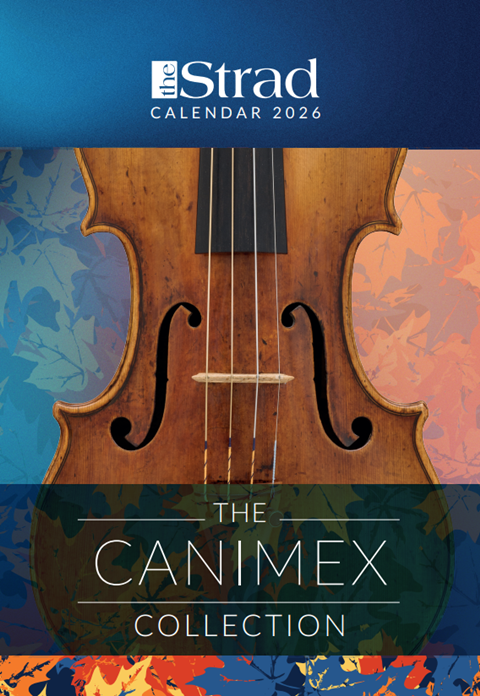
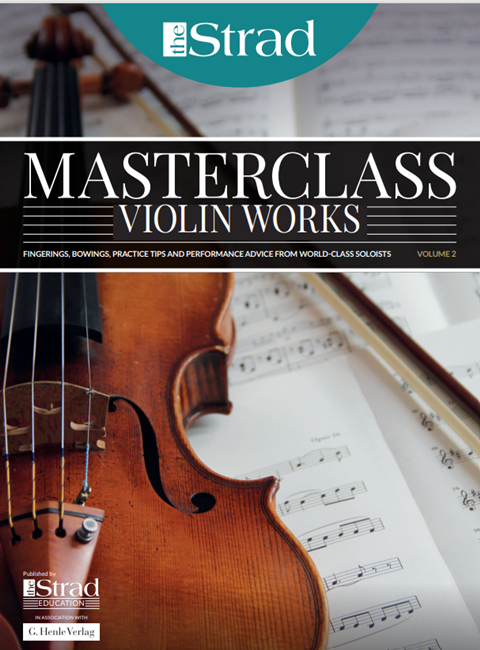
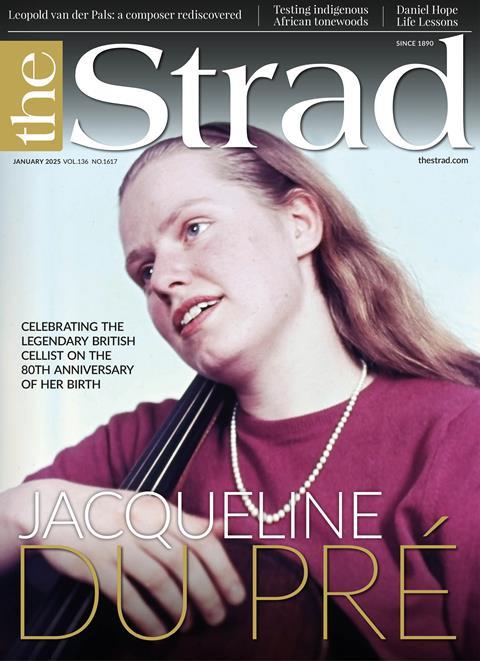
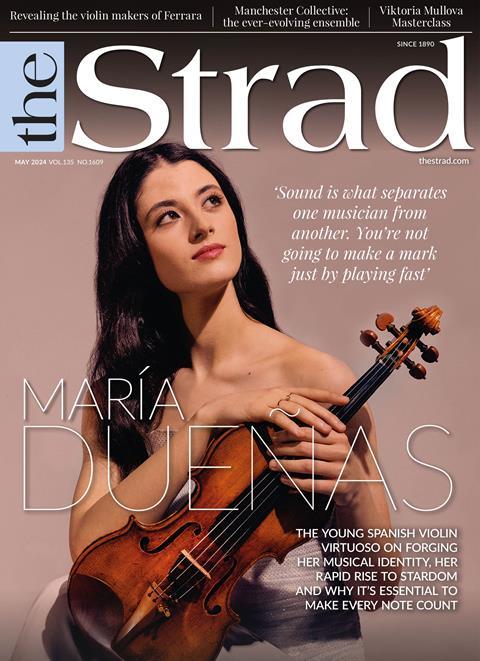
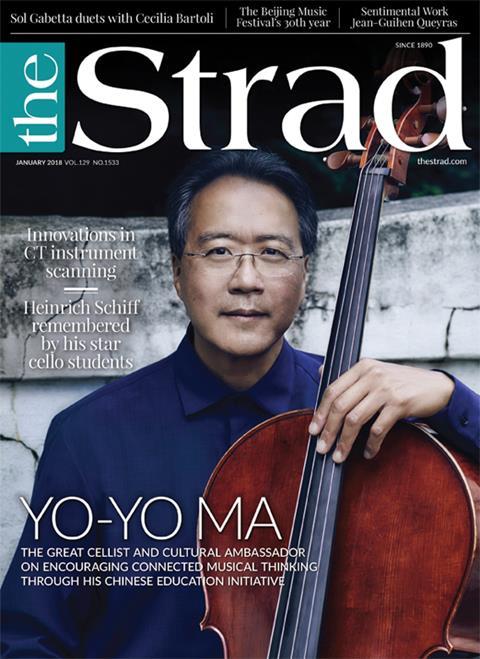












No comments yet